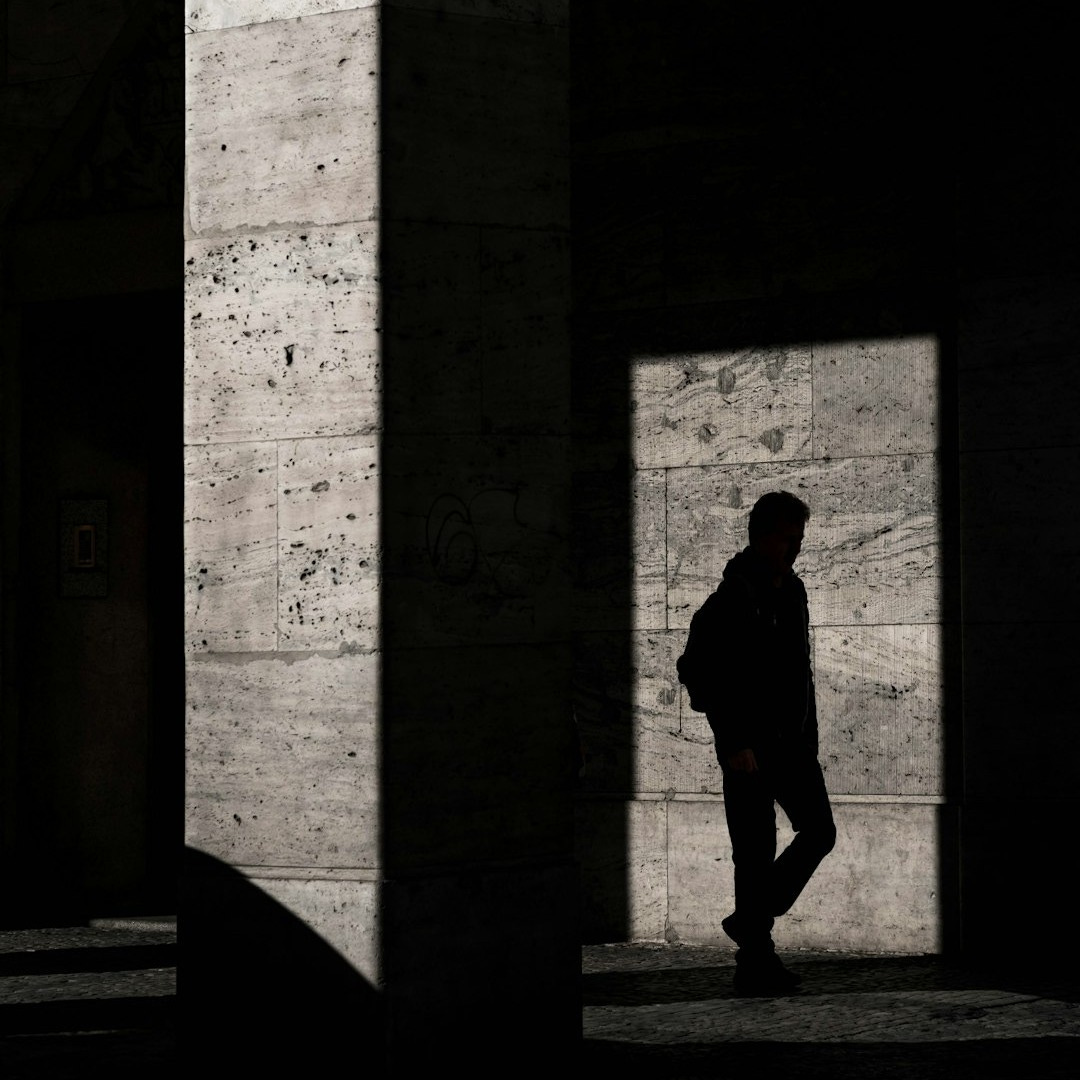The book of Exodus and other Old Testament texts speak extensively about the Levitical priesthood, the tabernacle, and the sacrificial system. But Hebrews—more than any other book of the Bible—most deeply explores the role of the High Priest. For several chapters, the writer builds a case for Jesus as God’s chosen High Priest of a better covenant.
Now the point in what we are saying is this: we have such a high priest, one who is seated at the right hand of the throne of the Majesty in heaven, a minister in the holy places, in the true tent that the Lord set up, not man.
— Hebrews 8:1–2
Under the Law, the high priest served a unique role among the priesthood. Appointed for life, he oversaw the priests and the sacrificial duties of the tabernacle and later the Temple. Once a year, on the Day of Atonement (Yom Kippur), he alone was permitted to enter the innermost sanctum—the Holy of Holies—to offer blood sacrifices and burn incense for the atonement of his own sins and the sins of the nation. He was the designated mediator for all Israel, the only priest entrusted with the Urim and Thummim, sacred objects used to discern God’s will on matters of great national importance.
Jesus, however, was distinct from every earthly high priest. Eternally begotten of the Father, He lives forever, while human high priests eventually died. They were sinners who had to perform additional purification rituals before entering God’s presence. Jesus was sinless. He alone was worthy to offer the perfect and eternal sacrifice—one that never needs renewal or repetition.
The writer of Hebrews continues, explaining that the earthly tabernacle was “a copy and shadow of the heavenly things.” This is such a crucial point. The detailed instructions God gave Moses during his forty days on Mount Sinai enabled him to build something that reflected a heavenly reality. The tabernacle was, in effect, a facsimile—a replica of the real thing—meant to teach Israel who God is, the holiness of His nature, and His desire to dwell among His people.
At the same time, the tabernacle symbolized the spiritual separation caused by sin. As Isaiah wrote,
Your iniquities have made a separation between you and your God,
and your sins have hidden his face from you so that he does not hear.
— Isaiah 59:2
Israel was forbidden to enter God’s presence directly. Even touching the mountain where God revealed Himself to Moses could result in death. Through the Law, the priesthood, and the tabernacle, God gave His people a vivid picture of sin’s consequence and His plan to restore fellowship through righteousness. From the beginning, the covering of Adam and Eve’s nakedness with animal skins hinted at this same truth—the necessity of blood sacrifice for atonement.
Hebrews 8:8-12 connects these themes to Jeremiah’s prophecy of a future covenant:
Behold, the days are coming… when I I will establish a new covenant with the house of Israel... I will put my laws into their minds, and write them on their hearts, and I will be their God, and they shall be my people.
— quoted from Jeremiah 31
This was not Plan B after the failure of the first covenant. It was God’s redemptive design all along. The Old Covenant revealed humanity’s inability to keep God’s law. Even when Israel solemnly promised, “All the words that the Lord has spoken we will do” (Exodus 24:3), their disobedience soon followed. As Paul later reminded the Romans, quoting the Psalms,
None is righteous, no, not one; no one understands; no one seeks for God.
— Romans 3:10–11
The writer of Hebrews concludes,
In speaking of a new covenant, he makes the first one obsolete. And what is becoming obsolete and growing old is ready to vanish away. — Hebrews 8:13
When humans call something obsolete, it’s usually because we’ve invented a better solution: the horse and carriage gave way to the automobile; gas lighting to electric light; typewriters to computers. Human progress evolves through innovation. But in the case of the new covenant, this was no human invention—it was God’s eternal blueprint. The Law and Levitical system were never meant to be permanent; they pointed forward to something greater.
“If the first covenant had been faultless,” the writer says, “there would have been no occasion to look for a second” (Hebrews 8:7). The new covenant wasn’t an upgrade born of necessity—it was the culmination of divine promise. What was once a shadow has now found its substance in Christ.
We can rejoice, then, in God’s provision of a Savior—the true and worthy High Priest who brought heaven’s redemptive plan to earth. Through His death and resurrection and the gift of the Holy Spirit, Jesus fulfilled Jeremiah’s prophecy:
And they shall not teach, each one his neighbor and each one his brother, saying, ‘Know the Lord,’ for they shall all know me, from the least of them to the greatest.
For I will be merciful toward their iniquities, and I will remember their sins no more. — Hebrews 8:11–12
The earthly tabernacle was only a copy and shadow. In Christ, we behold the reality itself—God dwelling with His people, sin forgiven, and heaven’s true tent forever open to all who believe.



